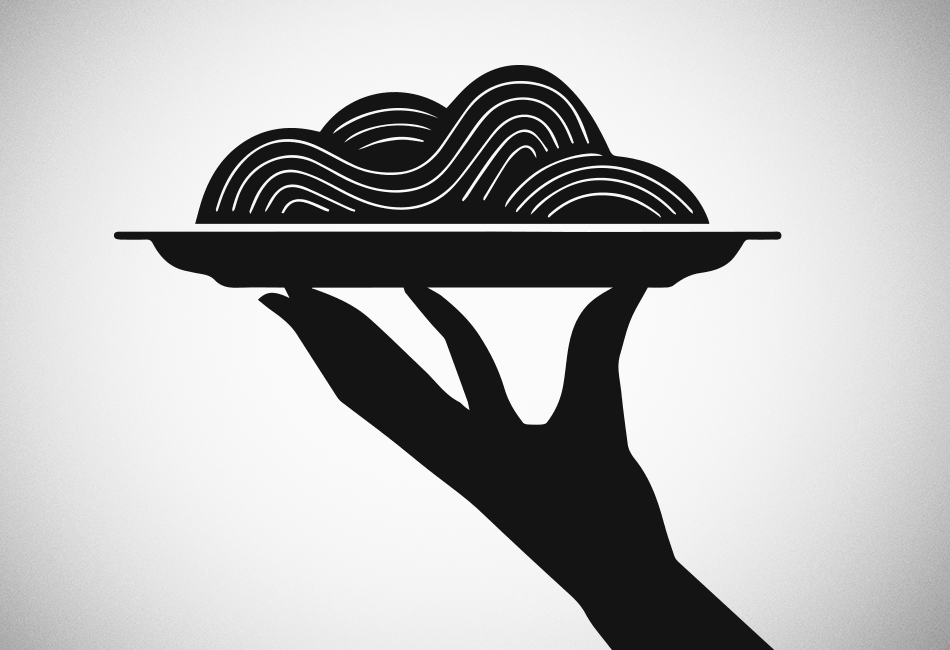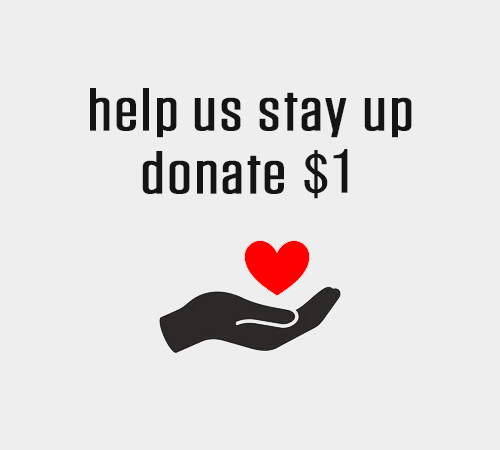We eat with our mouth and digest with our stomach but it is our eyes that apparently drive our appetite. Because appetite is what aids digestion the way our food looks is now key to how much of its nutrients our body can absorb which means that great-looking food can help us get fitter and stronger in less time.
To understand this a little better and also discover what it is we need to do in order to enjoy our food more, we have to unpack the whole idea a little more. Evolutionary psychologists point out that one of the brain’s most important functions is foraging. We evolved to survive by looking for nutritious-looking food. Because humans lack a powerful sense of smell we have to rely on vision instead. This is one of the reasons, according to research, that we developed the uniqueness of trichromatic vision[1] that gives us the ability to see the colors we do in the world.[2]
We have evolved to associate specific foods and their desirability with particular colors which is why, for instance, the fast-food industry uses artificial colors to entice us in our food choices[3]. Such is the strength of our attraction to color that even when the exact same-looking food was loaded on plates of different color (red, white and black) a 2018 study involving participants between the ages of 18-34, found that the caloric intake increased, as the participants ate more food, when their plates were either red or black[4] and reported greater satiety than when they ate off white plates even though the opportunity to eat the same amount of food each time was the same.
This suggests that red and black plates created a greater contrast with the food supplied than the white plates, making it look more appetizing and appealing. The color of our food and the way we perceive that color then not only makes us feel better about what we eat but it also helps stimulate our appetite and guide our mood.[5]
The way this works is that color excites specific regions in our brain which activate our perception, set our expectations and prime us for the experience of what we eat.
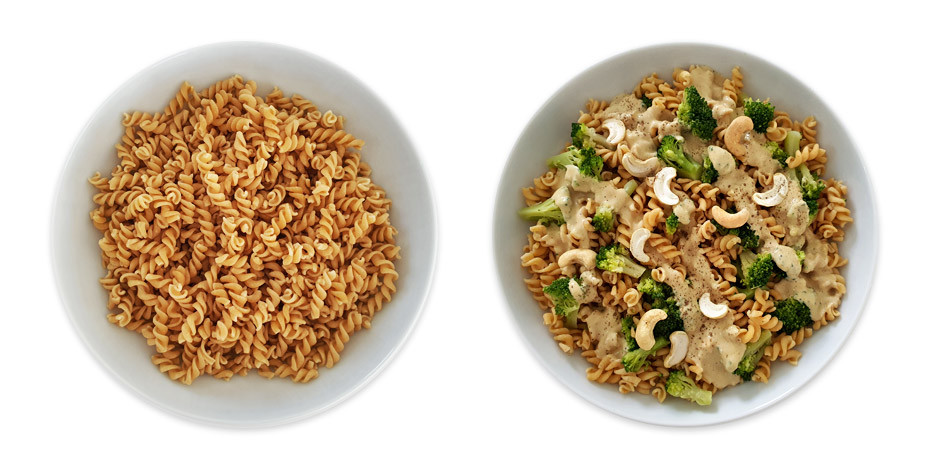
The Brain Prepares The Body For Taste
The strength of our visual response to food and the ability of that response to then affect the way we perceive, in ourselves, hunger and satiety and, in the food, taste and quality led the 1st Century AD Roman gourmet Marcus Gavius Apicius to famously say: “We eat with our eyes.”
It would appear that the brain uses the strength of the visual channel and what the eyes report, to prepare the body to experience taste and, by association, nutrition. The link between the way food looks, the way it is presented and how we perceive its taste and our satisfaction from it was studied when, in a study,[6] a ‘simple’ salad was presented to test subjects in one of three variations: A. All ingredients tossed together, B. Ingredients presented in a manner inspired by Kandinsky’s painting and C. In a neat but uninspired arrangement.
The fact that the majority of respondents rated the Kandinsky inspired arrangement higher despite the fact that it was the exact same dish in terms of ingredients and nutritional value supports findings from other studies[7] which show that food that is presented in an attractive manner is liked more and eaten with greater appreciation.
This is where it gets very interesting. Appreciation of food is a neurochemical response that heightens the pleasure we derive from feeding ourselves and increases both the dopamine and serotonin response as a result.[8] These neurochemicals activate the brain’s reward system, create a pleasurable association with specific foods and makes us seek then out more.
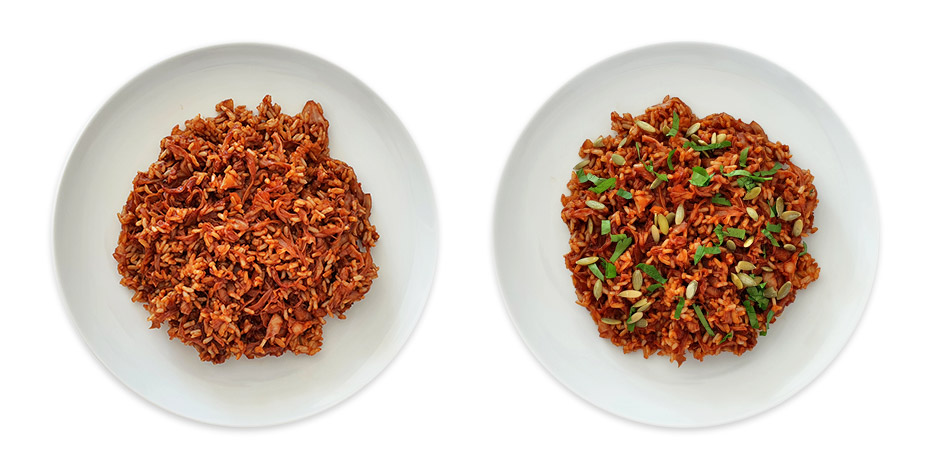
Foods we seek out more become part of our staple diet that helps keep us healthy and strong. In addition, the anticipation of flavor makes us ‘see’ it before we taste it.[9] This makes the body prepare for its arrival which means we digest it better[10] and absorb the nutrients it can offer us, easier.[11]
The Power Of Attraction In Nicely Arranged Served Food
We are all naturally predisposed to eat plenty of sugar and salt. As we try to create better eating habits, especially when using plant-based recipes, it’s important to plate our food[12] in ways that condition our body and mind to appreciate them.
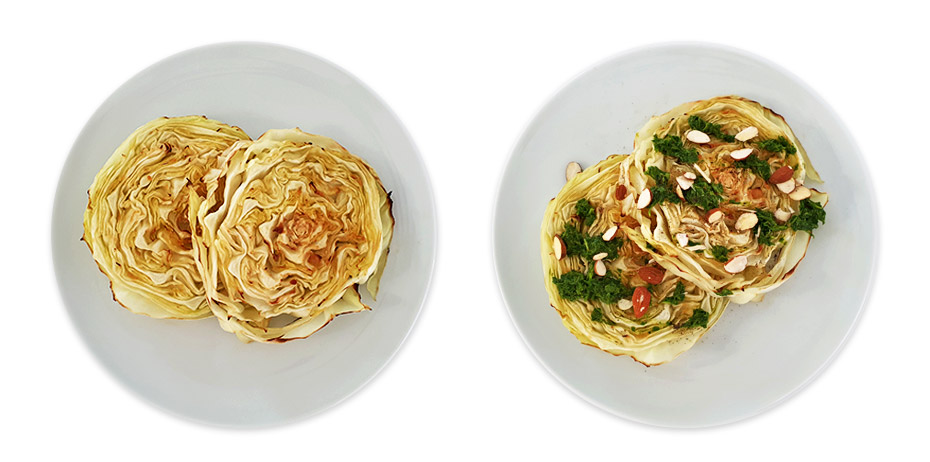
That way the association we create between flavor and food in our mind[13] work to give us a higher chance of sticking with habits that benefit our physical and mental health, aid our fitness goals and help us maintain a strong, healthy body. The mouth is placed near the brain for a reason. As the initial point of ingestion it is most closely associated with the neural processes that take place the moment we eat anything. What we eat and the way it looks determine how our body and mind react to it and what happens to us afterwards.
How To Make Your Food More Appealing
There are a few practical steps you can take to make the food you prepare, more appealing and most of them require ingredients that are either easy to come by or you probably already have in your kitchen. None of them take any time to arrange or prepare:
- Add additional elements. Add nuts, seeds and fresh or dried fruit and berries to your meals e/g/, to your oatmeal, quinoa.
- Add greens. Add fresh herbs to your dishes even after cooking for garnish e.g., parsley, dill and spring onions.
- Add color. Make your dishes as colorful as possible. We are hardwired to look for bright and colorful food.
- Play with shapes. Don't just pile food on your plate, arrange it into shapes e/g/, shape rice with a cup and/or cut vegetables into more unusual pieces. Make it interesting.
- Dress your plates. If the food is still plain, add sauces and spreads. The more exciting your food is, the more likely you are to enjoy it and feel satisfied with it.
Conclusion
Food is more than the means through which we get the energy we need for our body to make repairs and build muscle. It is also the means through which the brain creates pleasurable habits that make us feel good about our self and determine whether we can develop long-term eating habits that will help us remain strong, lean and healthy as we age.
References
- Foroni, F. et al. Food color is in the eye of the beholder: the role of human trichromatic vision in food evaluation. Sci. Rep. 6, 37034; doi: 10.1038/srep37034 (2016).
- Vorobyev M. Ecology and evolution of primate colour vision. Clin Exp Optom. 2004 Jul;87(4-5):230-8. doi: 10.1111/j.1444-0938.2004.tb05053.x. PMID: 15312027.
- Magoulas, Costa, "How color affects food choices" (2009). UNLV Theses, Dissertations, Professional Papers, and Capstones. 552. http://dx.doi.org/10.34917/1717627
- Akyol A, Ayaz A, Inan-Eroglu E, Cetin C, Samur G. Impact of three different plate colours on short-term satiety and energy intake: a randomized controlled trial. Nutr J. 2018;17(1):46. Published 2018 Apr 21. doi:10.1186/s12937-018-0350-1
- Spence, C. On the psychological impact of food colour. Flavour 4, 21 (2015).
- Michel, C., Velasco, C., Gatti, E. et al. A taste of Kandinsky: assessing the influence of the artistic visual presentation of food on the dining experience. Flavour 3, 7 (2014).
- Zellner, Debra & Loss, Chris & Zearfoss, Jonathan & Remolina, Sergio. (2014). It Tastes As Good As It Looks! The Effect of Food Presentation on Liking for the Flavor of Food.. Appetite. 77. 10.1016/j.appet.2014.02.009.
- de Macedo IC, de Freitas JS, da Silva Torres IL. The Influence of Palatable Diets in Reward System Activation: A Mini Review. Adv Pharmacol Sci. 2016;2016:7238679. doi:10.1155/2016/7238679
- Briggs, Amy. What You See Is What You Taste, Says Scientist, National Geographic. 12, April, 2014.
- Breslin PA. An evolutionary perspective on food and human taste. Curr Biol. 2013;23(9):R409-R418. doi:10.1016/j.cub.2013.04.010
- Zellner DA, Loss CR, Zearfoss J, Remolina S. It tastes as good as it looks! The effect of food presentation on liking for the flavor of food. Appetite. 2014 Jun;77:31-5. doi: 10.1016/j.appet.2014.02.009. Epub 2014 Feb 28. PMID: 24589740.
- Zellner, Debra & Siemers, Evan & Teran, Vincenzo & Conroy, Rebecca & Lankford, Mia & Agrafiotis, Alexis & Ambrose, Lisa & Locher, Paul. (2011). Neatness counts. How plating affects liking for the taste of food. Appetite. 57. 642-8. 10.1016/j.appet.2011.08.004.
- Shepherd, Gordon. (2015). Neuroenology: how the brain creates the taste of wine. Flavour. 4. 10.1186/s13411-014-0030-9.

